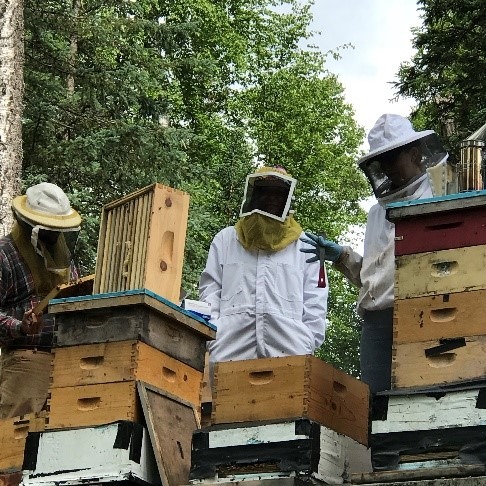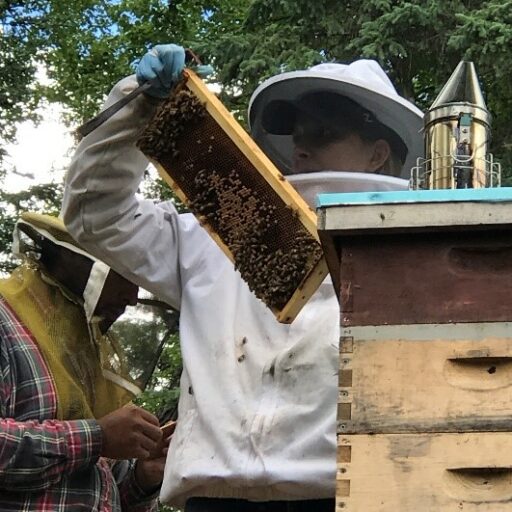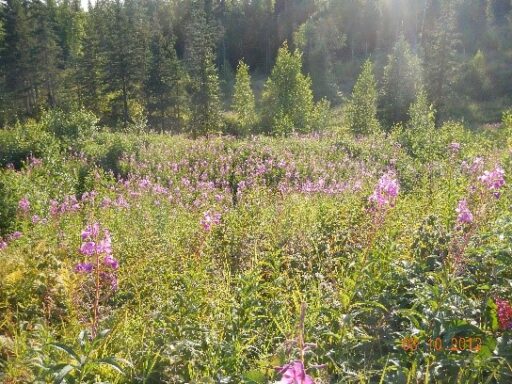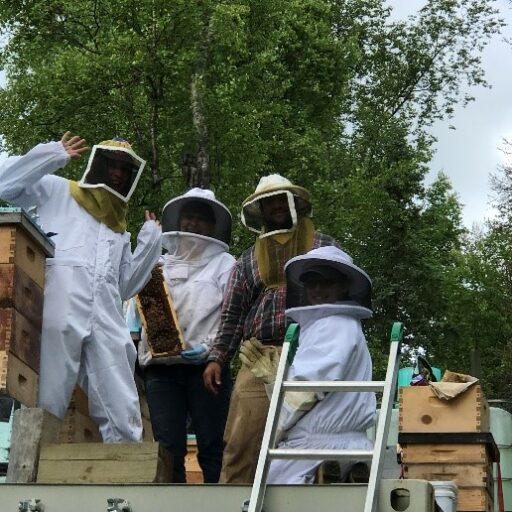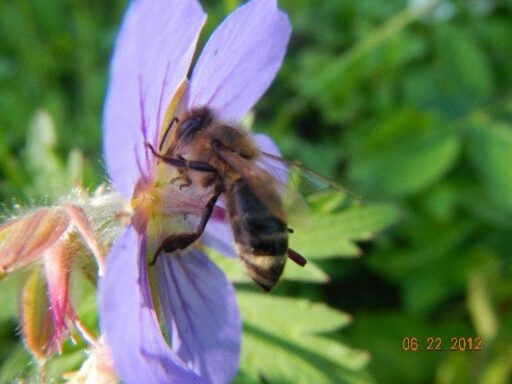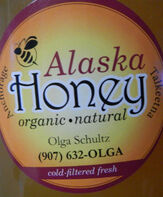The national honeybee survey was instituted a little more than 10 years ago to figure out what is going on with Americas honeybee die off. The USDA partnered with several Universities throughout the united states to collect samples from beehives and analyze the hives for just about everything affecting beehive survival and health. The findings are ongoing, expanding and often surprising and alarming. The honeybees throughout the USA are monitored by the USDA because honeybees are considered an agricultural commodity. Bumble Bees on the other hand are monitored by the USFWS because they are a wild pollinator. Different groups of scientists from both the USDA and USFWS are coming to the same conclusions.
The USDA National Honeybee Survey is evaluating normal bee diseases that affect colony health and survival along with evaluating the man caused pollution in the form of Varroacides, Insecticides, Herbicides, Fungicides to name just a few. Over 200 tests are conducted to the brood, bees and wax in hives all over the USA. In Alaska the USDA honeybee survey is conducted through the University of Maryland which has graciously decided to travel to Alaska and inspect and collect samples from ten beekeepers here in Alaska of which our Apiary in Talkeetna is included.
As you know, honeybees and bumble bees are in real Peral in the United States. While the honey production in America has declined by 30% over the last 40 years, Honey sales have gone up by 40% over the last 40 years. The gap is filled with imported honey from places like China directly or via South America and so on. Bee farms used to be a place where primarily honey is produced, and pollination is a secondary benefit. Today, Pollination of Monoculture crops are the main source of revenue for beekeepers and the honey, bee pollen, wax and propolis are byproducts of bees working in the monoculture agricultural industry.
The are three main causes for Honeybee decline in America are as follows. First is Monoculture Farming. In this form of farming bees are shipped to a field or orchard to pollinate a single crop. This is not heathy for bees that need a variety of nectar and pollen sources for healthy nourishment. For the sake of efficiency and lower cost products we plow under huge areas and plant only one thing. Keep in mind a beehive has only a 3-mile radius from which to collect bee food. Planting all of Kansas in corn or California in avocados and almonds or Florida in oranges is good for the farmer but not our honeybees. We all know that a heathy diet is a diverse diet. So do bees. They look for the diversity in nature and when it is not there they make do with is there, although they are weak and generally unhealthy.
The second problem with honeybees is that they are exposed to all the chemicals we use in agriculture in the form of pesticide, fungicide, herbicide and virucide just to name a few. Thank you, Monsanto, for your diligence. And yes Mr. Monsanto, DDT and Agent Orange did turn out to be really bad. The ability of bees to gather natures goodness and create honey also means they collect every pollutant that we use in modern agriculture. Monsanto makes chemicals that kill bugs and keeps our flowers and fields green. Bees I hate to say it are bugs. The testing by the USDA scientists have confirmed the bad news. Like a slap in the face we now know the extent of pollution caused by our desire to create a perfect appearing landscape an increase harvest and yields at our farms and fields and in our flower beds at home. Just like the overuse of antibiotic like penicillin for good causes has created huge problems with our fight against disease. So have our overuse of Chemicals in agriculture for increased yields is causing catastrophic harm to our bees and wild pollinators. We also are finding correlation to bee health problems caused by mundane things such as Asphalt roadways and parking lots, asphalt roofing materials and so on.
And GMO crops such as the ones that use neonicotinoids in seed modification which is addictive to bees just like nicotine is to us humans. It makes them sick in their stomachs and affects their digestive and overall health. It also changes their attitude towards their normal desire to collect a diverse nectar and pollen source when they become addicted to this chemical just like human smokers.
Organic honey has over 20 different sugars and a myriad of antibiotics and nutrients depending on the pollen and nectar sources. Bees wax has over 300 different compounds that make up the bees wax for honey storage and brood rearing. Bees need a clean and diverse environment to be truly healthy and vibrant. We probably need to adjust our expectations as consumers when we look at our foods and landscapes because our bees are telling us we are in trouble. It is the USDA National Honeybee Survey through our Universities that is collecting the data all over America and lately in Alaska. This survey has helped us identify some of the causes for our bee problems.
Fortunately, here in Alaska, we don’t have a vibrant agriculture industry and we still have most of our state still in its natural setting. My apiary is intentionally located miles away from the nearest road in a pristine boreal forest at the base of the Talkeetna mountains. Being a part of the National Honeybee Survey is our privilege to everyone’s effort in protecting these little girls of nature and their gifts to us.
